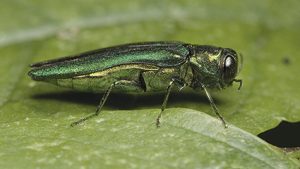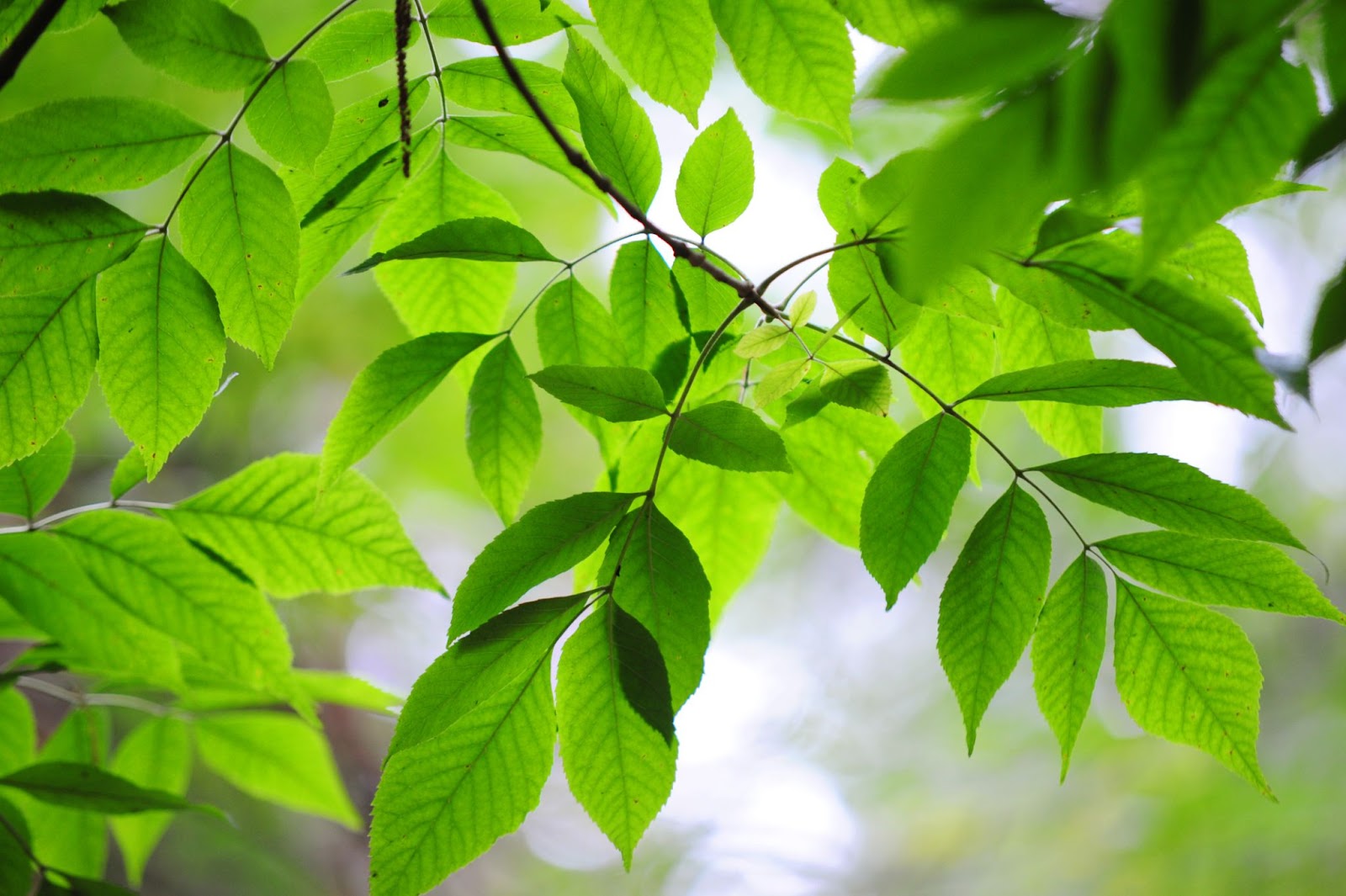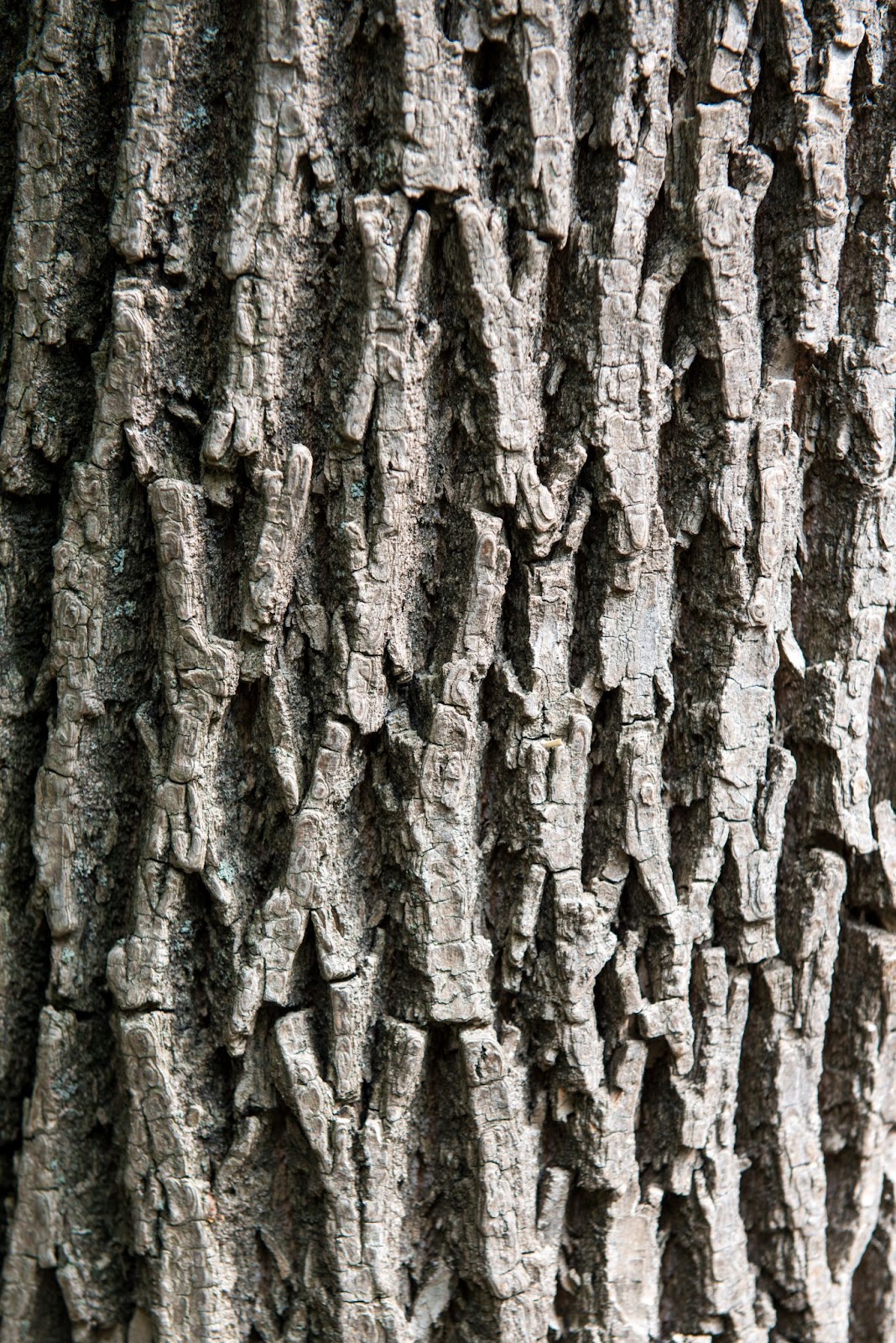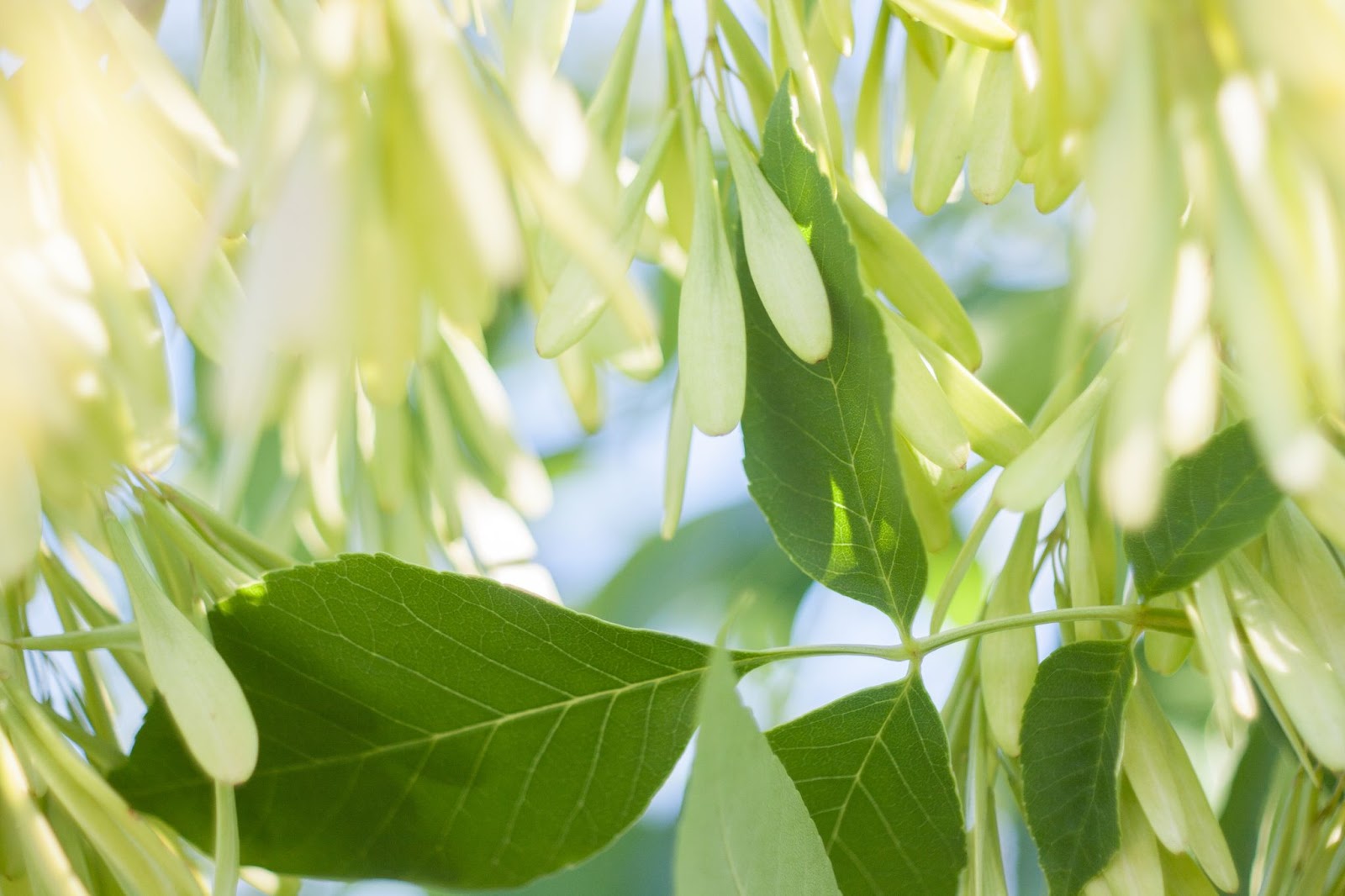Emerald ash borer (commonly referred to as EAB) is an insect that was introduced to North America in the 1990s (native to Asia). Due to the millions of ash trees that EAB has killed, it is now considered the most destructive tree insect pest in North America according to the Colorado State Forest Service.
Specifically in Colorado, EAB has been confirmed in Boulder and the surrounding cities including Longmont, Lyons, Lafayette, Superior, Broomfield, Erie, Westminster and Thornton. EAB has also been confirmed in Arvada and in June of 2023 detected in both Littleton and Carbondale, Colorado.
One way to help protect your ash tree is with an EAB injection. Continue reading for a breakdown of what you need to know about EAB injections:
An injection of a targeted pesticide into the base of the trunk of a tree can provide up to two years of protection from pests. In the case of ash trees, the injections can protect your tree from Emerald ash borer (EAB) and Lilac ash borer. The vascular system of the tree pulls the pesticide up the tree into the canopy and causes any larvae that consume the treated tissue to die.
Preventative injections can protect your tree and property from damage. A tree infested with either of these borers can suffer from vascular damage that will lead to dieback in the upper canopy. This damage can also weaken the tree and make it easier to break in wind or with snow weight. In addition to saving money in damages, by preventing the tree from dying you can save money by not having to remove any trees on your property. Dead trees pose a serious risk to the public and can be costly to remove due to their weakened and damaged structure.
Injections for Emerald ash borer are most effective when applied to a tree before an infestation has taken place. Damage by the larvae is irreversible and the pest is highly aggressive and can cause death after as little as two years. In the case of a suspected infestation, it is best to have your tree inspected by an arborist as soon as possible.
Splintered Forest has a team of plant health care professionals available to help protect your ash trees from EAB. If you are concerned about your ash trees, take action and contact our team today to discuss treatment options!

What you need to know about EAB injections | Image Source: Colorado State Forest Service | Learn More at What is EAB.
Ash trees are a popular native tree species in the United States and are often planted as street or landscape trees. Ash trees are part of the Fraxinus genus and there are various species of ash trees in Colorado, including green ash and white ash. It is common to confuse an Ash tree with various other trees that look similar, such as black walnut, maple, boxelder, hickory, or dogwood trees. To correctly identify ash trees, you will need to closely examine various parts of the tree.
To start identifying an ash tree, you can look at its branches. You can either pick up a dead stick that has fallen to the ground or pull down a branch so you can get a close look at it. Check to see if the branches have opposite branching. This means that when branches grow from the main branch, they all start at the same position. Other trees feature alternate branching, with branches growing from the main branch alternating left and right. For example, maple, dogwood, and boxelder trees have opposite branching, while oak, cottonwood, and hickory trees have alternating branches. You can also look for fresh branch buds. On ash trees, the buds will be directly across from or opposite each other.

https://splinteredforesttreeservices.com/useful-tree-service-resources/
Another way to confirm that you have an ash tree is to look at its leaves. The leaf structure of an ash tree is compound rather than single. From this point you can count the number of leaves. You will either see a single leaf or 5 to 7 (some varieties have up to 11) smaller leaflets that branch out from it. A single leaf tree, such as a maple tree, has one big leaf that extends from the branch. Both ash trees and boxelder trees have compound leaves, so be careful with getting them confused. Another characteristic of ash tree leaves is that they have either smooth or finely toothed edges.

If you are looking at a mature ash tree, the bark can help with identification, too. Ash trees will have a diamond-shaped bark pattern on both white ash and green ash trees. This helps differentiate them from maple trees. Young ash trees may not have this distinctive bark pattern, but you should be able to rely on other characteristics if this is the case.

https://splinteredforesttreeservices.com/useful-tree-service-resources/
An ash tree will have either light green or brown clusters of seeds (known as a Samara). The seeds on an ash tree are paddle-shaped and resemble small leaves and dangle from the tree in big clusters. Don’t assume that a tree that lacks seeds isn’t an ash tree. Some ash trees are seedless. Only in late autumn and early winter can seed clusters develop. Boxelder/maple seeds are similarly clustered, although they resemble wings rather than paddles.
Knowing whether or not you have an ash tree on your property is important, especially in the state of Colorado. The Emerald Ash Borer (EAB) made its way to Colorado in 2013, and this pest has become a serious threat to ash trees. If you have an ash tree that has been infested with the Emerald Ash Borer, you will want to contact a professional to treat infected trees as soon as possible. EAB can be prevented, so if you live within 15 miles of a known EAB infestation, you may want to consider treating your ash trees.
If you’re having issues with your ash trees or any other type of tree on your property, Splintered Forest can help. Our crew includes ISA Certified Arborists, experienced tree climbers, and expert tree fellers. If you are seeing emerald ash borer signs of damage, contact us today to schedule your free, no obligation estimate.
Have you noticed that your trees have shriveled and started to turn a reddish-brown color? You may have an infestation of the Douglas-Fir Tussock Moth. The first signs of attack usually appear in late spring (around bud break). Here is what you need to know and the treatment options that are available:
—
* Plant Health Care services provided by Fisher Tree Care (State License #16484)
** Photo provided by Colorado State University Extension